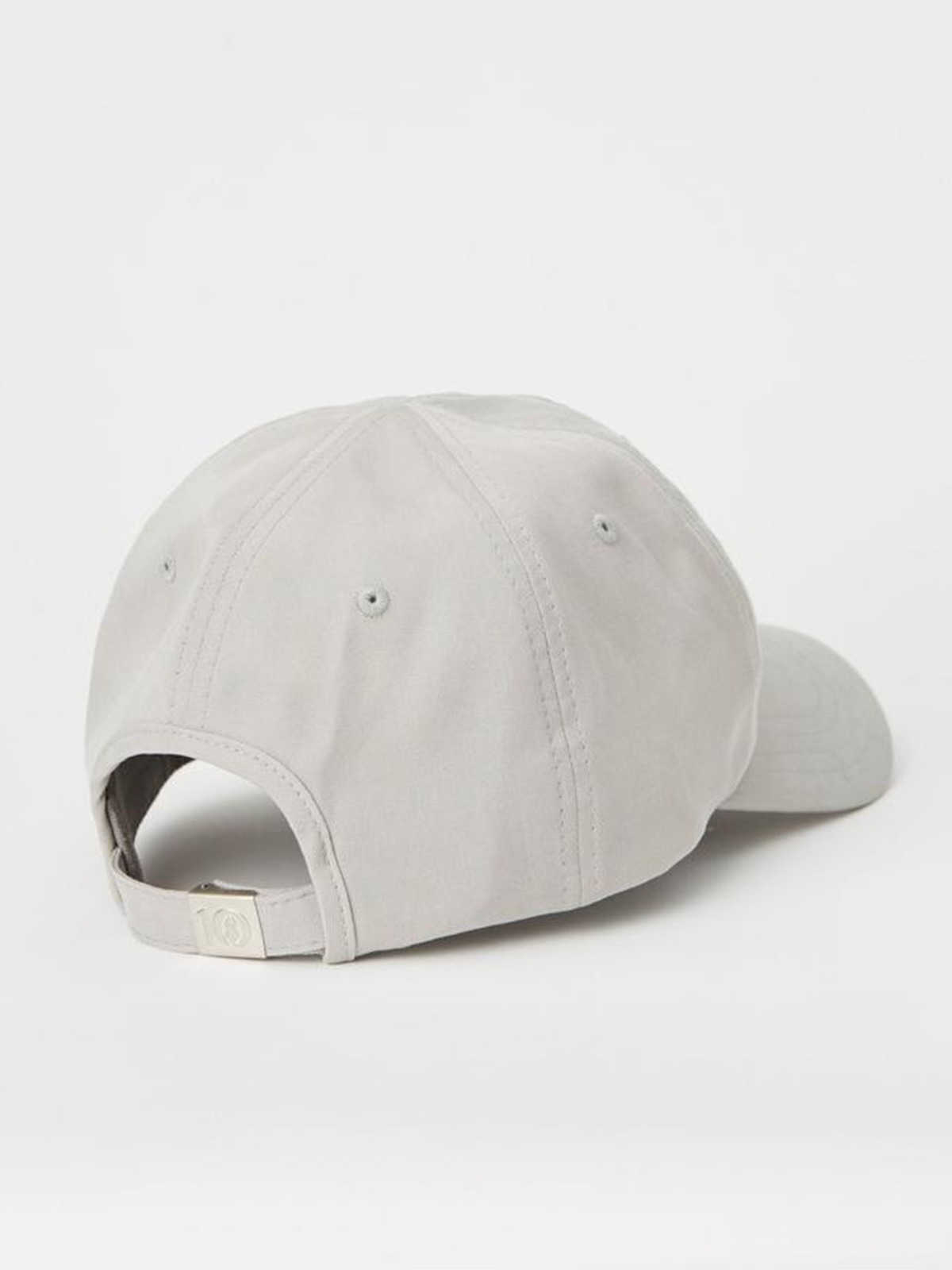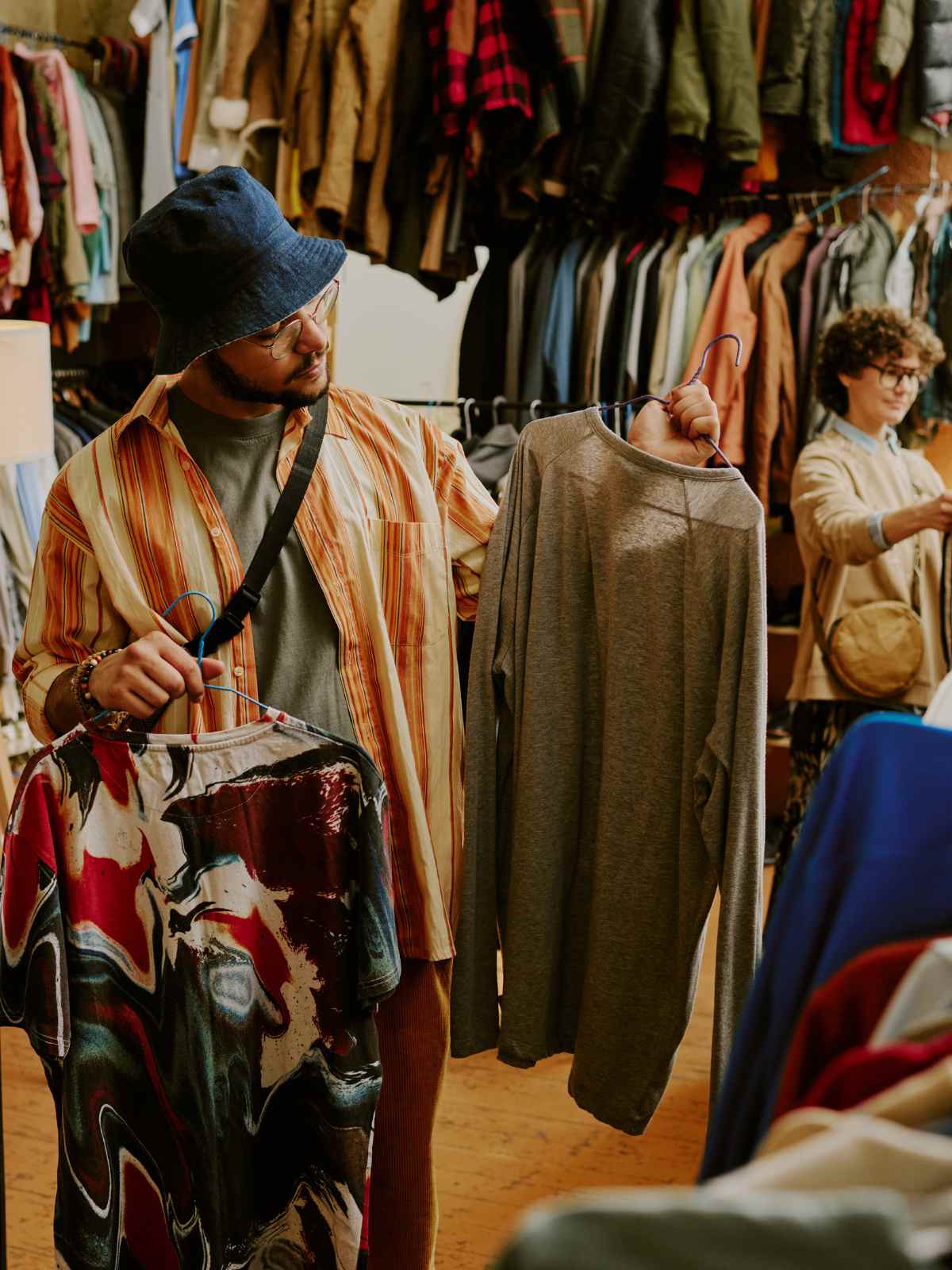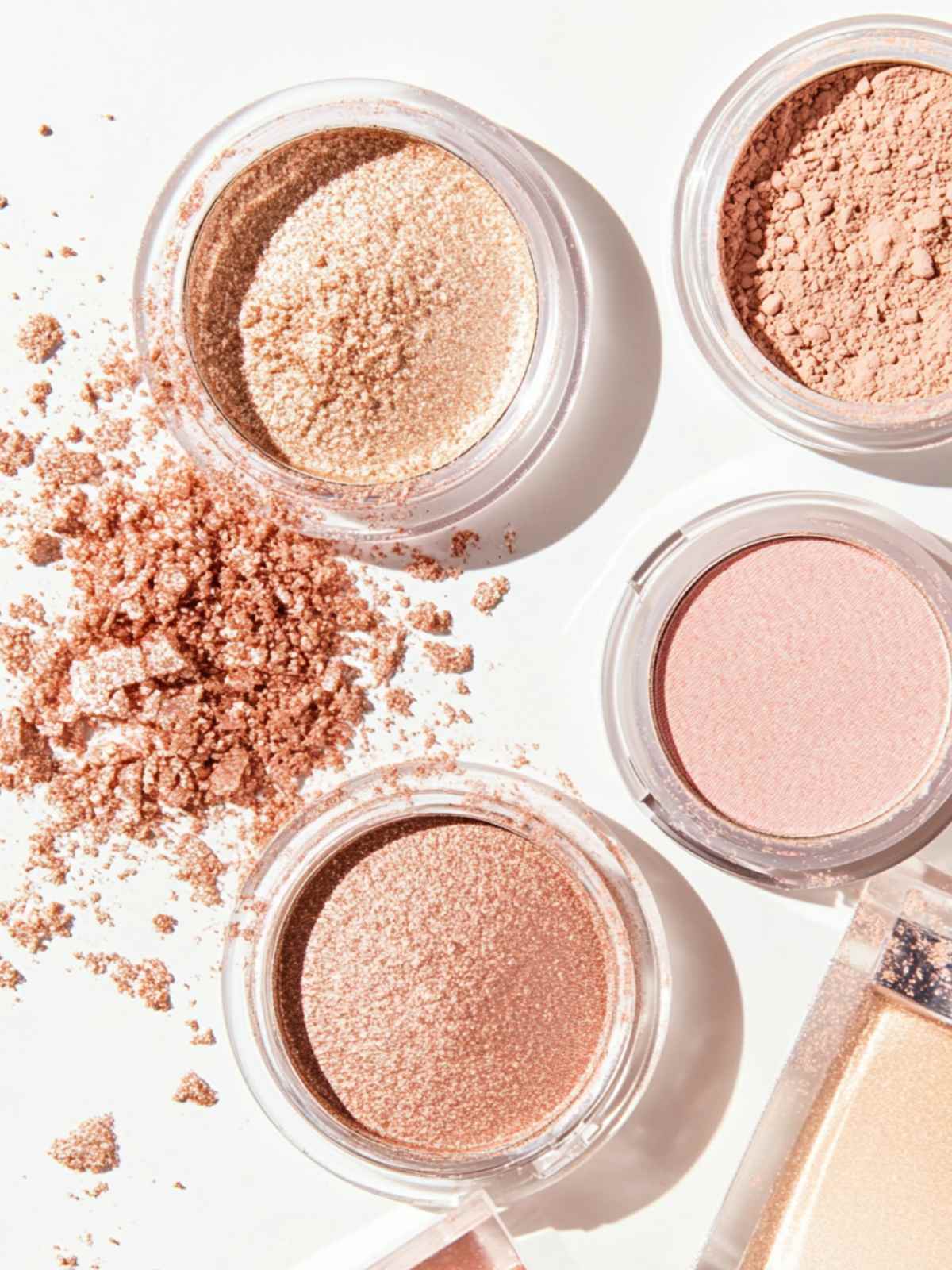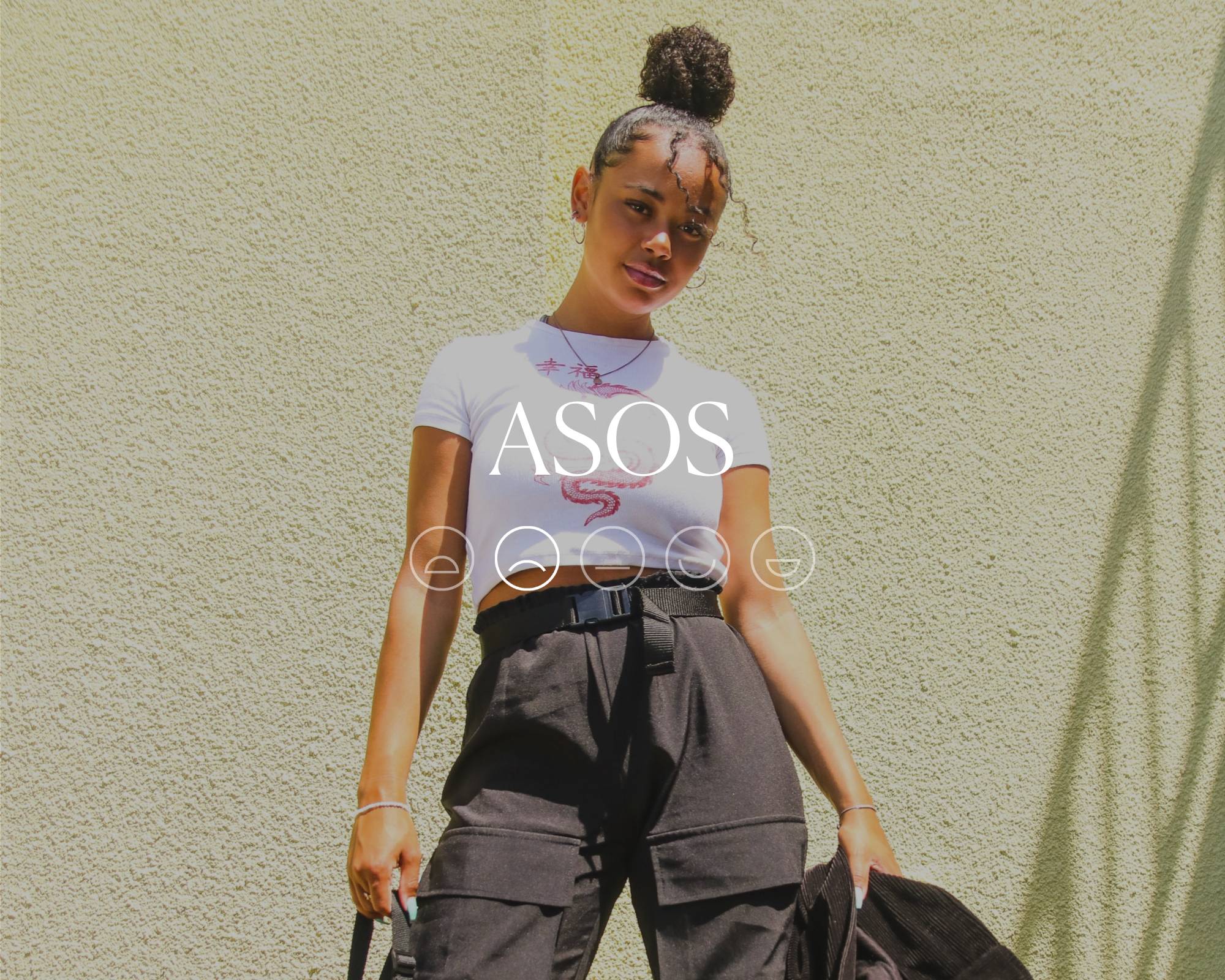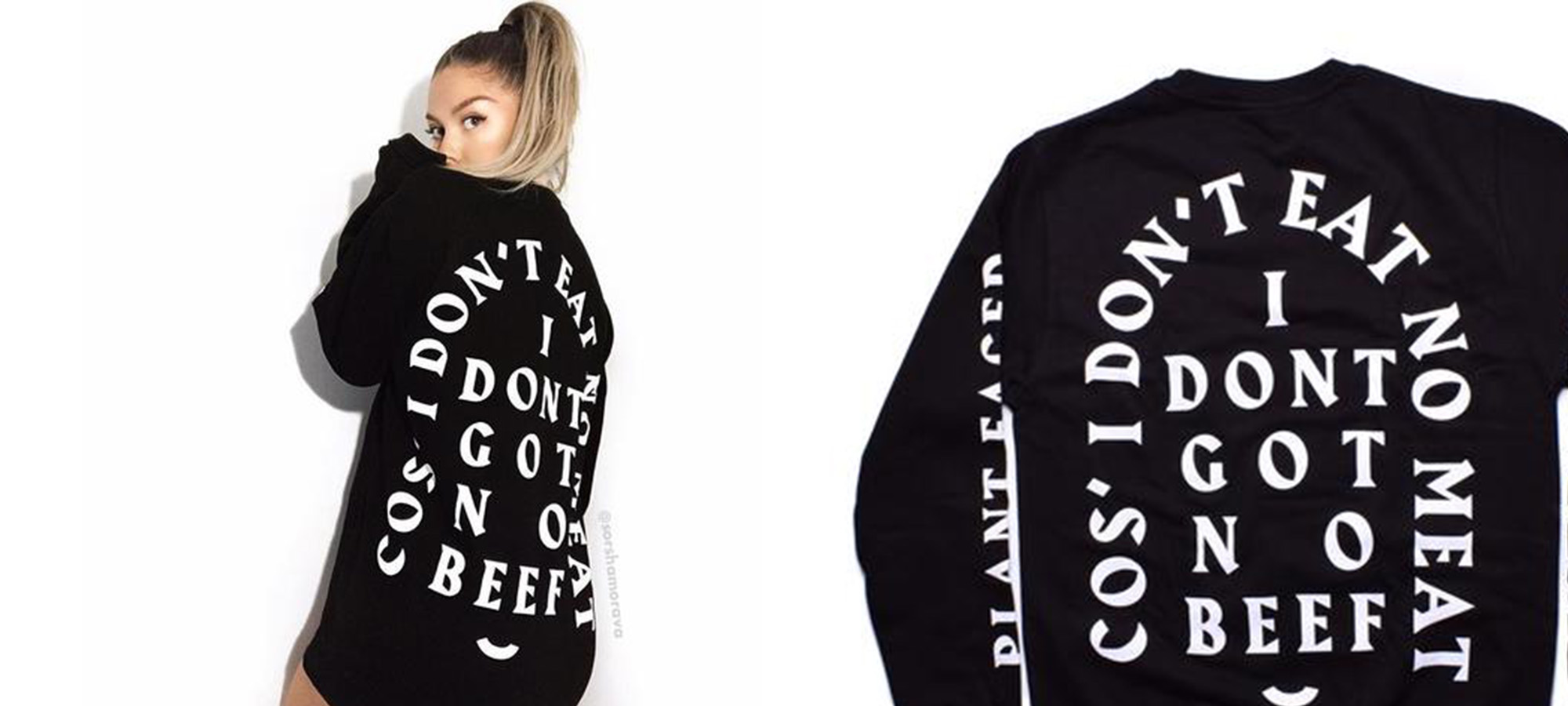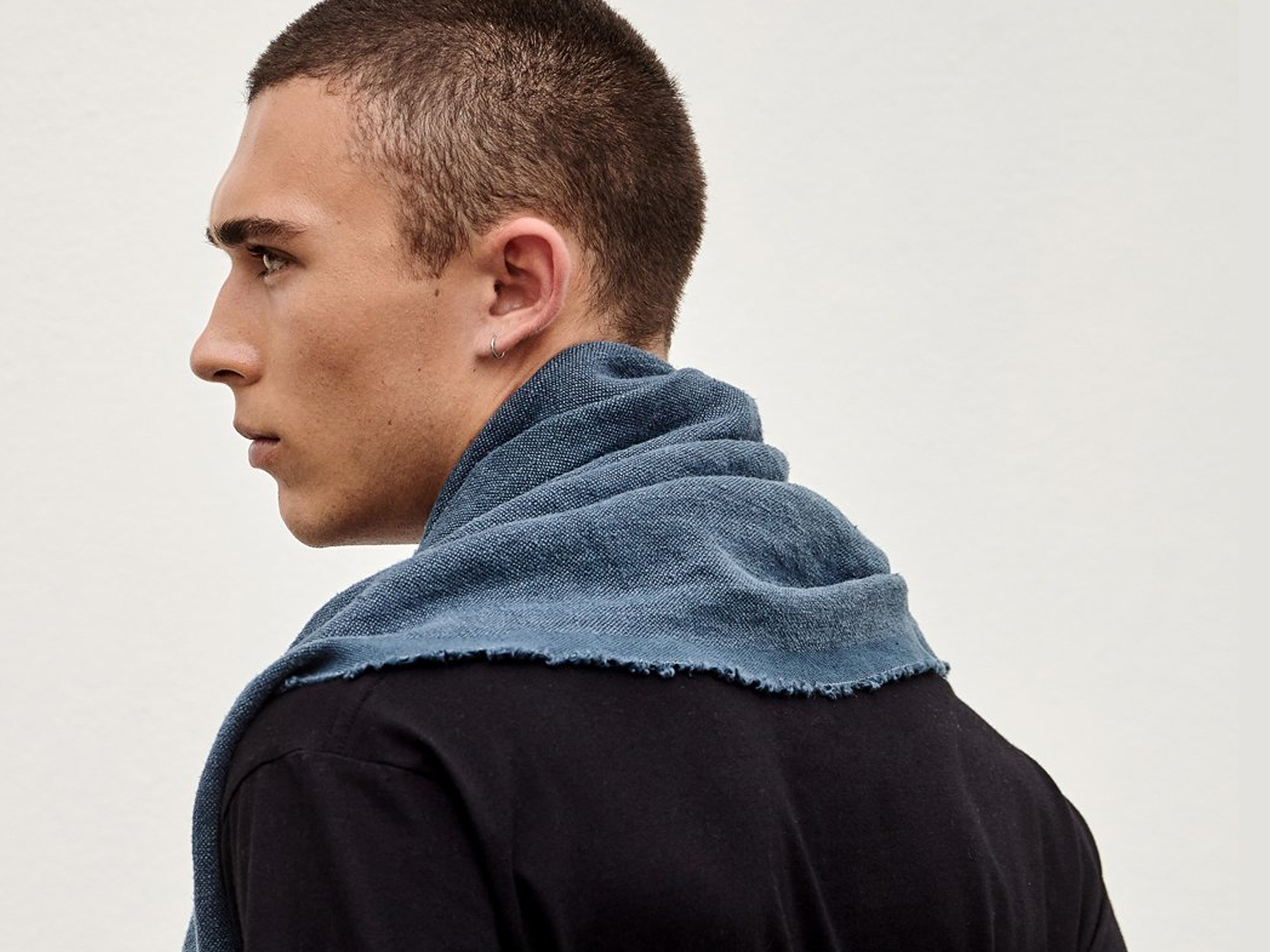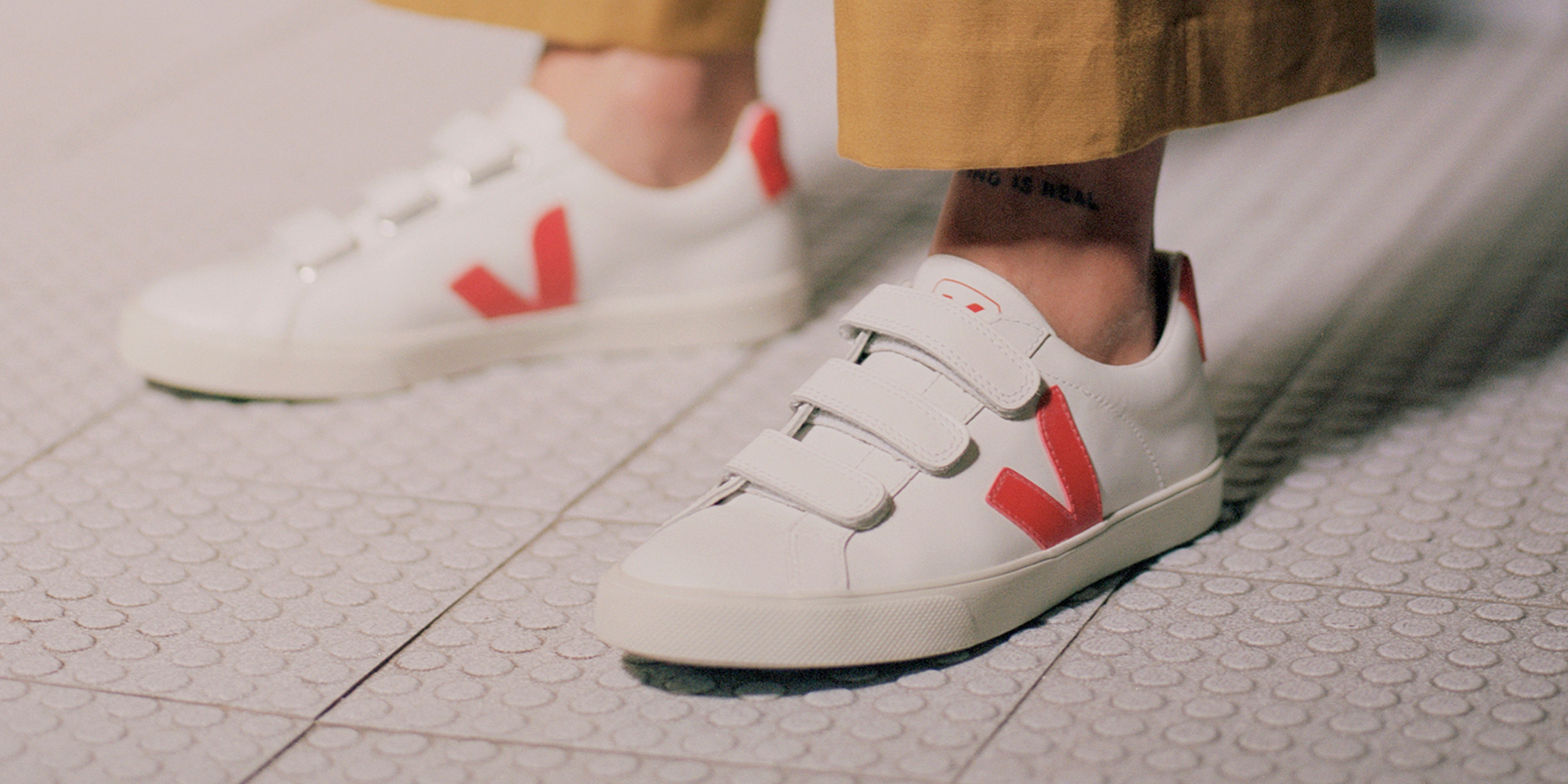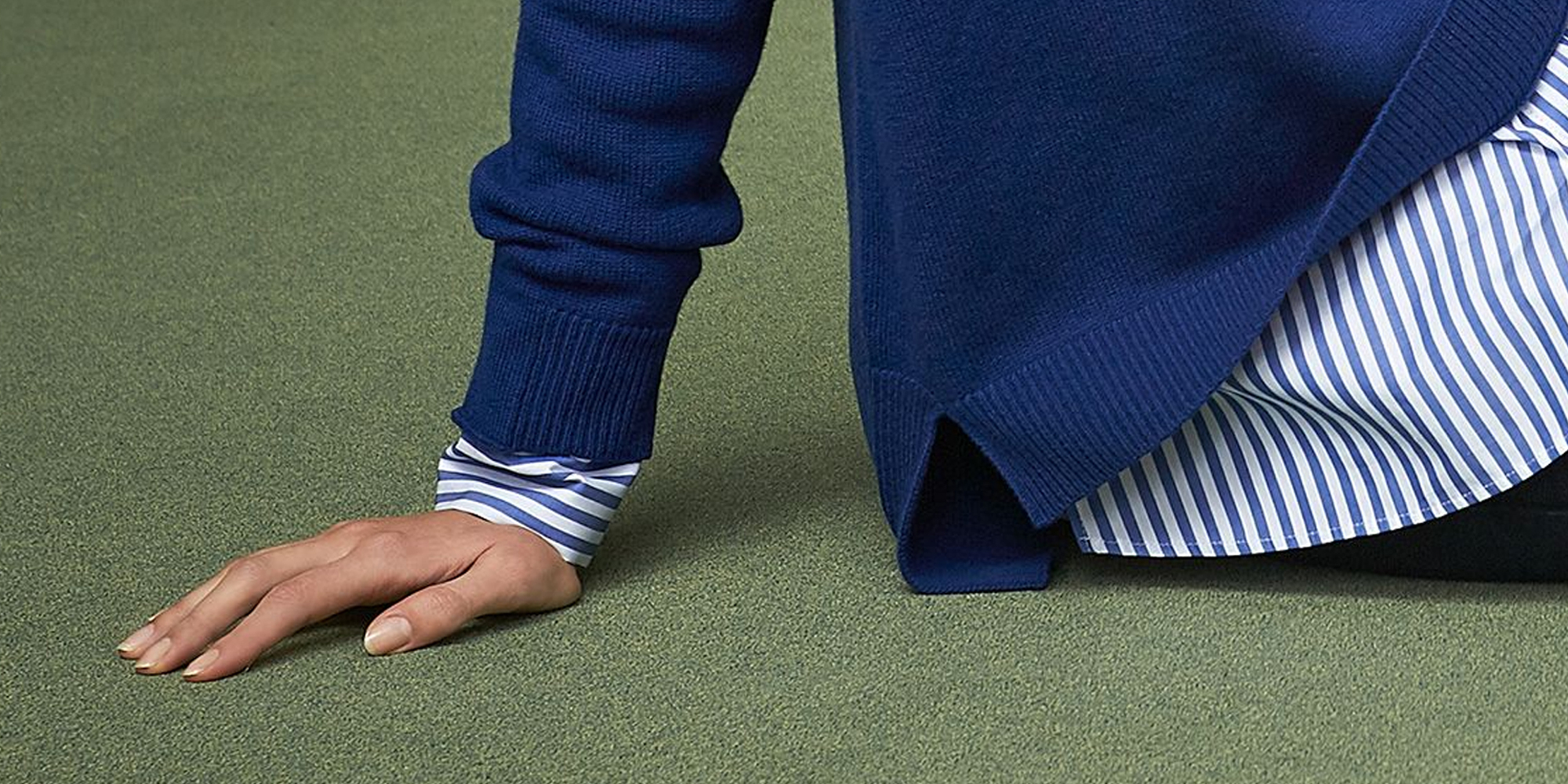Our editors curate highly rated brands that are first assessed by our rigorous ratings system. Buying through our links may earn us a commission—supporting the work we do. Learn more.
British company ASOS is one of the world’s most popular online fashion destinations. But how ethical is ASOS? In this article, we dive into the brand’s “Not Good Enough” rating, which was published in May 2023 and may not reflect claims the brand has made since then. Our ratings analysts are constantly rerating the thousands of brands you can check on our directory.
The realities of fast fashion outweigh convenience
ASOS is a UK-based fast fashion mammoth: it sells over 850 different brands and also makes its own range of affordable clothing and accessories. But how ethical is the ASOS private range, and should you be looking elsewhere for your online shopping fix?
While the prospect of 70,000 cheap and cute fashion items delivered to your doorstep is exciting, the low price tags often belie the true cost of fast fashion: questionable labour policies and production processes that are detrimental to the environment. And while the brand claims its Fashion with Integrity strategy “drives [the brand] to be a company that cares for people, while working to reduce [its] impact on the planet”, we can’t help but wonder: is that really the case? Let’s take a look at the impact of ASOS on people, the planet, and animals and answer: how ethical is ASOS?
Environmental impact
We rated ASOS’s environmental impact “Not Good Enough”. The ASOS brand uses some lower-impact materials in its clothing, but there is no evidence it minimises textile waste when manufacturing its products. In addition, we found no evidence ASOS is taking actions to protect biodiversity in its supply chain.
In 2010, ASOS introduced a collection called the Responsible Edit—a selection of clothing, accessories, and beauty products marketed for a lower environmental impact. ASOS private label clothing comprises about a quarter of this collection with pieces made in conjunction with fair labour partners in Kenya, and some lower-impact fabrics like TENCEL™️. In 2022, ASOS pulled its Responsible Edit, “just weeks ahead of an investigation by the Competition and Markets Authority (CMA) looking into potential ‘greenwashing’ issues” reports Fashion Networks.
Responsible Edit or not, at the end of the day, ASOS follows an unsustainable fast fashion model with quickly changing trends and regular new styles, which can never be sustainable.
Labour conditions
ASOS’ labour rating is also “Not Good Enough”. Almost none of its supply chain is certified by labour standards which ensure worker health and safety or other labour rights, and it received a score of 51-60% in the latest Fashion Transparency Index (an improvement from its previous scores). ASOS has a limited policy to support diversity and inclusion in its direct operations and supply chain and during the height of the COVID-19 pandemic, it disclosed some policies to protect workers in its supply chain from the virus.
But the most problematic issue, however, is that we found no evidence it ensures payment of a living wage in its supply chain when it can certainly afford it. In its 2023 Fashion with Integrity strategy ASOS claims that in 2023, it’ll start publishing “an annual human rights strategy and implementation report, focused on freedom of association, gender empowerment, wages, and modern slavery” and that it’ll share its progress “with Labour Behind the Label, part of the Clean Clothes Campaign, and existing critical friends, Anti-Slavery International and IndustriALL Global Union, for independent monitoring of our strategy and progress.” Big statements are great, but we look forward to seeing how ASOS reaches its targets. Paying workers a living wage is crucial for a more ethical and sustainable fashion industry.
Animal welfare
ASOS rates “Not Good Enough” for animal welfare, a downgrade from past ratings. ASOS a formal policy aligned with the Five Freedoms of animal welfare but few clear implementation mechanisms in place. It does not use angora, fur, down, exotic animal skin or hair, but it still uses leather, shearling, and wool (it has a policy to source wool from non-mulesed sheep but doesn’t provide any evidence to verify its claims). What’s more, we found no evidence ASOS traces any of these animal-derived materials to the first production stage.
Overall rating: Not Good Enough
So, how ethical and sustainable is ASOS? ASOS is rated “Not Good Enough” overall. For a company that “that cares for people, while working to reduce our impact on the planet”, ASOS still has a lot of work to do. The brand needs to implement measures to protect biodiversity in its supply chain, use less animal-derived materials, and most importantly, ensure its workers are paid a living wage.
Note that Good On You ratings consider hundreds of issues, and it is not possible to list every relevant issue in a summary of the brand’s performance. For more information, see our How We Rate page and our FAQs.
So, our take? If you’ve got an ASOS habit that just won’t give, try ASOS stocked brands that we rate highly, such as Baggu (“Good”) or People Tree (“Great”).
Good swaps
If you’re trying to break up with fast fashion, why not have a look at these “Good” and “Great” alternatives to ASOS.
